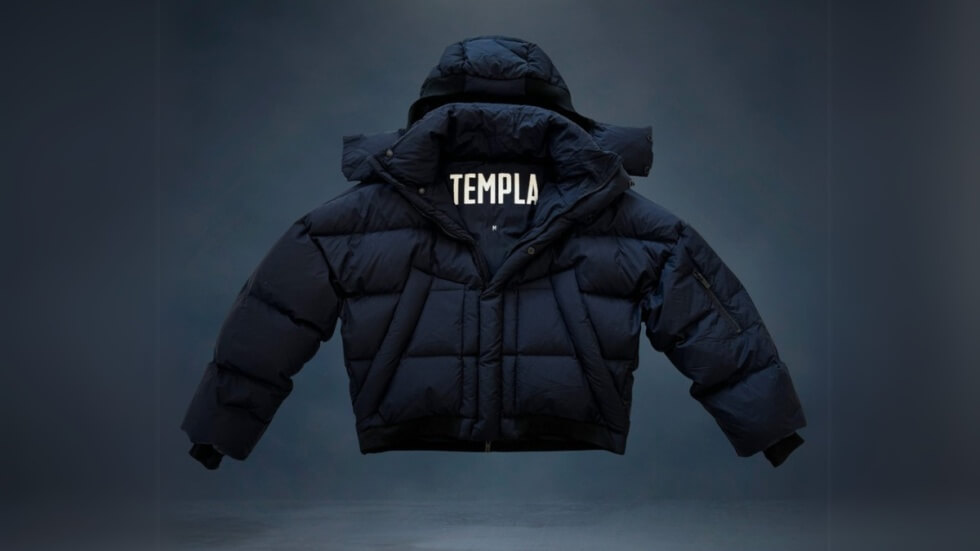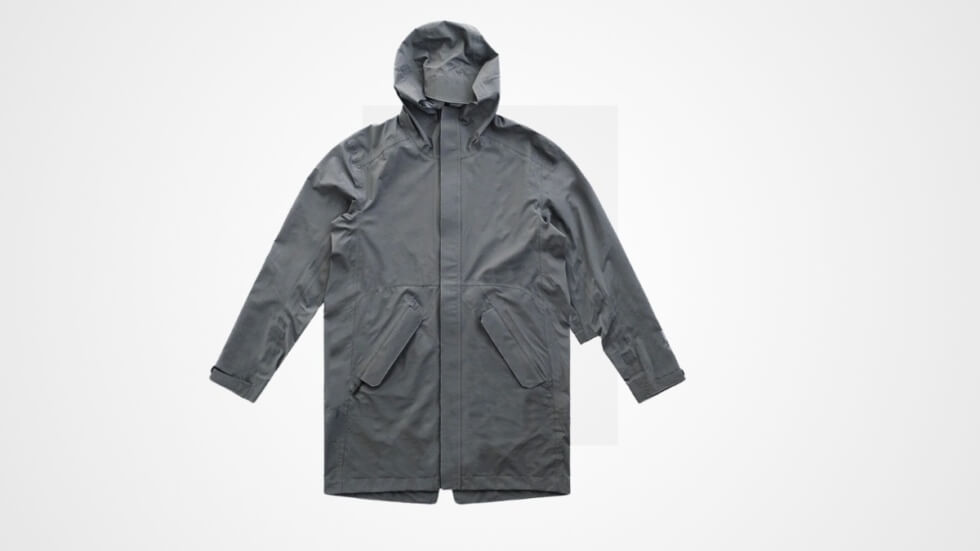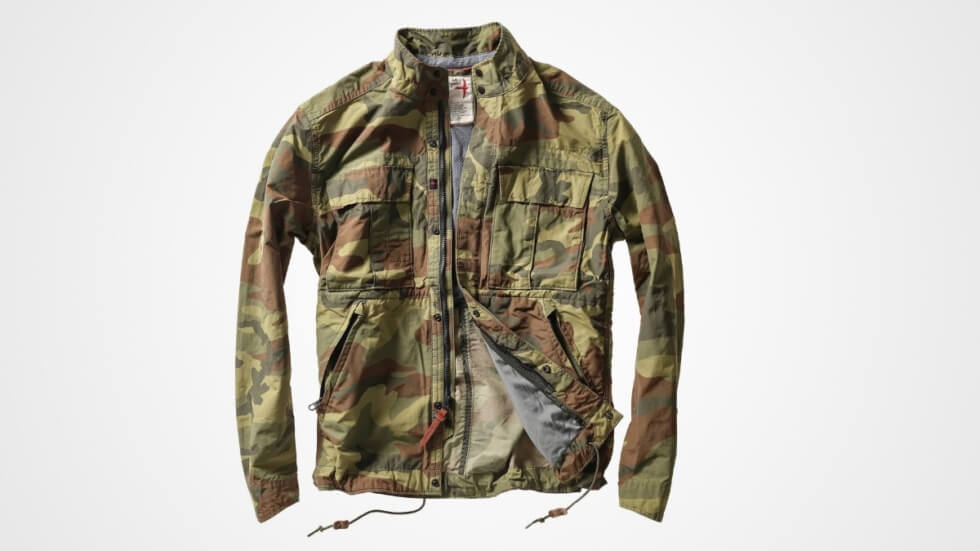A good tie and one knot. That’s all you need. Forget the Windsors, Pratts and countless other iterations, because with a Four-in-Hand, you’re set. “People overthink it a little too much,” said Jim Parker, store manager at The Armoury in New York’s Tribeca neighborhood. “We’re trying to push that the tie is just an accessory that you don’t need to think about as much.”
The Armoury has a strong reputation for selling some of the best traditional menswear, focusing on timeless designs and top craftsmen. All of its employees swear by the Four-in-Hand. It’s a versatile knot that allows the wearer to express some individuality, without appearing superfluous. Make sure to mind the proportions of your outfit — the collar with the lapel and the tie width with the collar — and practice plenty to tie it just right.
How to Tie a Tie, According to Experts
Amechi Ugwu
“Even with tying the same knot, there are endless possibilities for how the tie can end up, it just depends on what you appreciate. I generally go for a medium- to small-size knot, I try to keep it really tight and I like my tie to sit up.”
Jim Parker
“I used to tie bigger knots, but really what I do is let the fabric of the tie dictate. This is silk and linen, so it’s a little bit flimsy. You’re never going to get a big, full, sturdy knot. It’ll be a little loose and floppy, and I don’t like that, so that’s why I’m tying this a little tighter. Always a dimple. Like most of us here, the back blade is just kind of incidental.”
Steps: the Four-in-Hand Knot
- Begin with the wide blade of your necktie on the right, hanging 8 to 12 inches lower than the tail. Cross the wide blade over the tail, at a position just below your collarbones.
- Wrap the wide blade around the tail.
- Pull the wide blade under and up, through the loop created near your neck.
- Pull the wide blade down through the loop, adjusting the front of the knot as necessary.
- Tighten the knot to the collar, covering the top button, by sliding the knot toward your neck while holding the tie tail. Add a dimple just below the knot with your index finger.
How to Store Your Ties
“Don’t loosen your tie and take it off and hang it like a necklace so you keep it pre-tied. Untie the tie and let it hang,” said Jeremy Kirkland, then head of marketing at the Armoury. (He now hosts a fashion podcast called Blamo!.)
“Don’t worry about the wrinkles, because gravity, your best friend, is going to take all the wrinkles out of the tie.” As to not damage the slip-stitch that holds the tie together, show your tie some respect when taking it off. “When you’re untying your tie, just reverse the knot instead of yanking on it,” Parker said.
Types of Ties
Three-Fold Untipped Tie
“Usually the tip adds weight to the bottom of it, so the tie doesn’t blow around. As you can see, there is canvas in there. So, the canvas gives the body and the shape of the tie.”
Three-Fold Self-Tipped Tie
“This is a self-tipped tie. The silk is relatively thin, so to give it a bit more weight and heft it’s tipped on the inside.”
Five-Fold Tie
“This is very, very light. It has a small, really light canvas on the inside to give it a little bit of weight and shape. It is also hand rolled.”
Seven-Fold Tie
“Generally with seven fold ties, the fabric is so thick and it’s folded upon itself, so there’s no canvas on the inside. It’s literally a piece of silk, folded upon itself seven times.”
This content is created and maintained by a third party, and imported onto this page to help users provide their email addresses. You may be able to find more information about this and similar content at piano.io



